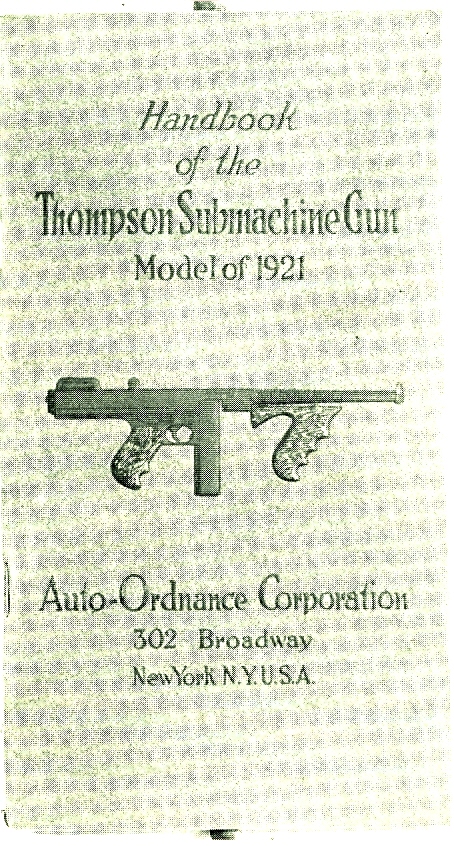Everyone involved with the Tommy Gun seemed to have different expectations and perceptions of it. John Thompson himself thought it would be used only for the sake of law and order and against America’s enemies, and like many others had his original beliefs about the Tommy Gun soon proven wrong. The gangster was a bit less zealous and merely expected it to fulfill its purposes as a tool, mostly disregarding whatever other negative aspects the Tommy Gun’s violence might have. The soldier simply used it as tool, as well, but with grander ideals of protecting America in mind—and perhaps grander enemies in mind, as well, necessary to justify the massive amounts of violence the gun wreaked.
But we are on the opposite side of history: We cannot expect anything of the Tommy Gun, nor can we really use it, at least not in the same way that it was used when it was most widely used as a thing. We can only analyze and attempt to judge what was surely a major part of the driving force behind the history of the twentieth century. (After all, we may very well wonder: what would World War II have been like if the submachine gun did not already exist in usable form?) So what can we glean from seeing how the Tommy Gun changed—can we judge or analyze the gun as a whole?
If we may get a bit controversial, the thing itself might have been wildly “successful” during its entire lifespan if we only consider the fulfillment of utility. Both with gangsters and with fighters in World War II the gun's capabilities were extensively used with great “success” on part of those who fired them.
However, for humanity as a whole, to call the Tommy Gun a success would be a fairly callous thing to do. The majority of its history the Tommy Gun was mercilessly used to kill and in many cases was on the wrong side of the law and morality. Even if one believes the stunning amount of death of World War II to be a “good thing” because the Allies won, or even an understandable sacrifice, it’s hard to believe that the huge amounts of violence could be a good development for society, regardless of whether the violence was endorsed by society or not. How could humanity live with such death and violence looming over us in history?
To close this discussion as best we can, we should, for one last time, consider the human-thing relationship. When we attempt to understand our history, especially our capacity for and seeming inseparability from violence, we can only begin to comprehend ourselves insofar as we understand the things we use. Things are our mirrors: The way in which we interact with them, use them, and grow with them helps us to see what we are as a species. And if we look at the Tommy Gun through its history as a mirror, we do see how it can rile up violence within us, diminish some of our moral inhibitions towards violence, and make us forget just how horrible violence and death really is. When we realize our connection to things we must accept our devolutions just as much as we accept our evolutions as a result of the relationships forge with things. However, just as much as we changed with the Tommy Gun in negative ways, its existence as one of the most deadly weapons of the twentieth century has given us the capacity to recognize just how horrifying humanity’s use of the Tommy Gun really was. Things like the Tommy Gun give us insight into our own innate characteristics—the good and the bad all the same. At the very least we can learn from our darker sides that we see in the Tommy Gun, and attempt to change accordingly, even if we can only better ourselves in the smallest extent.

